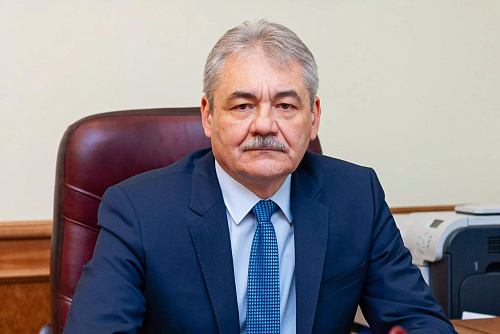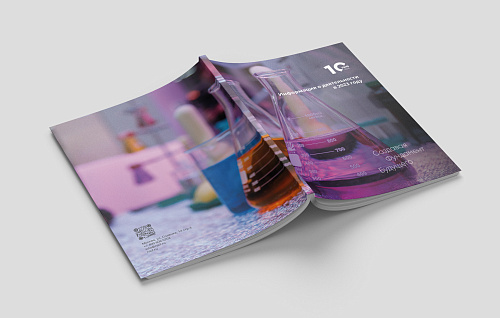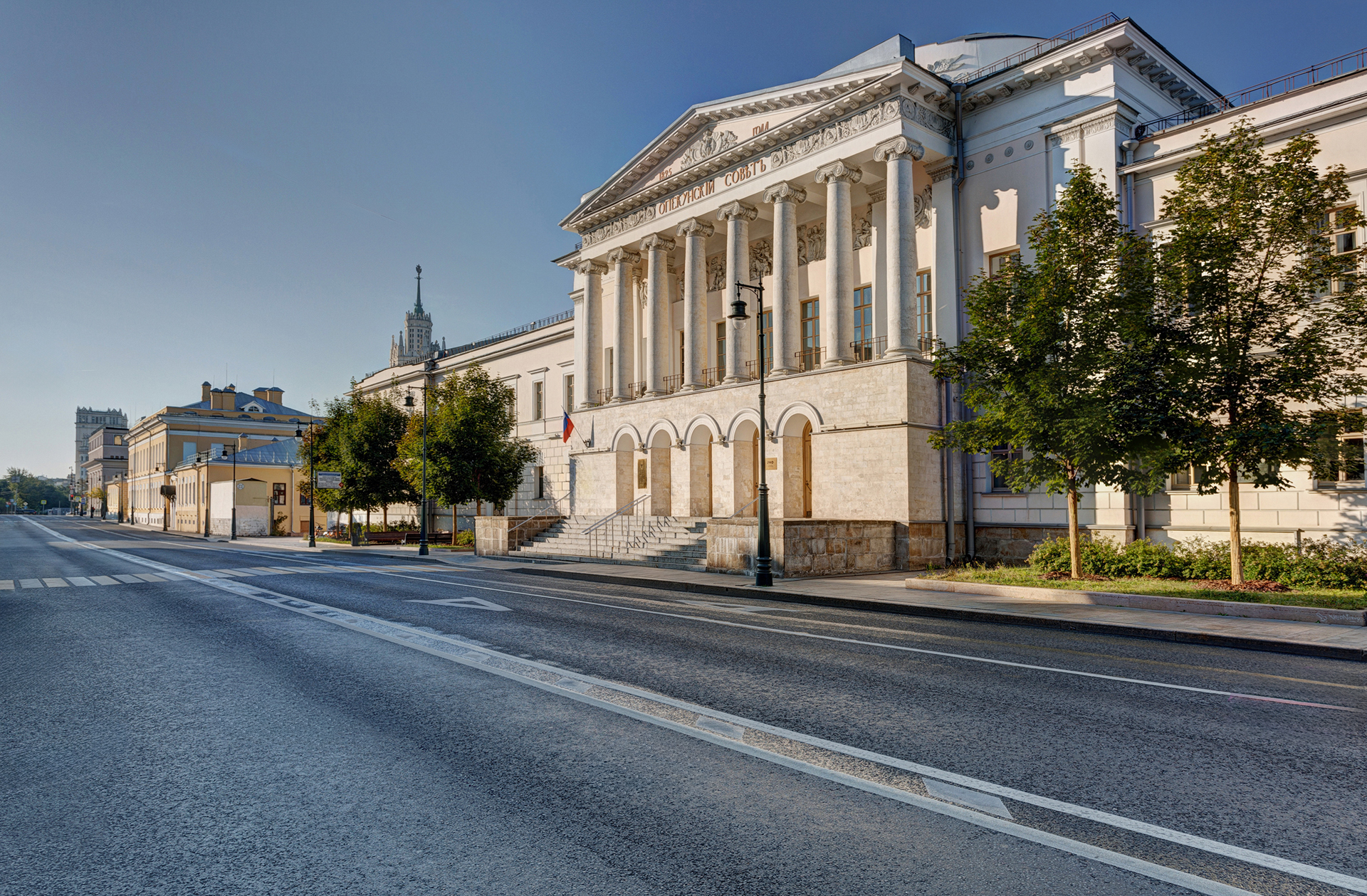
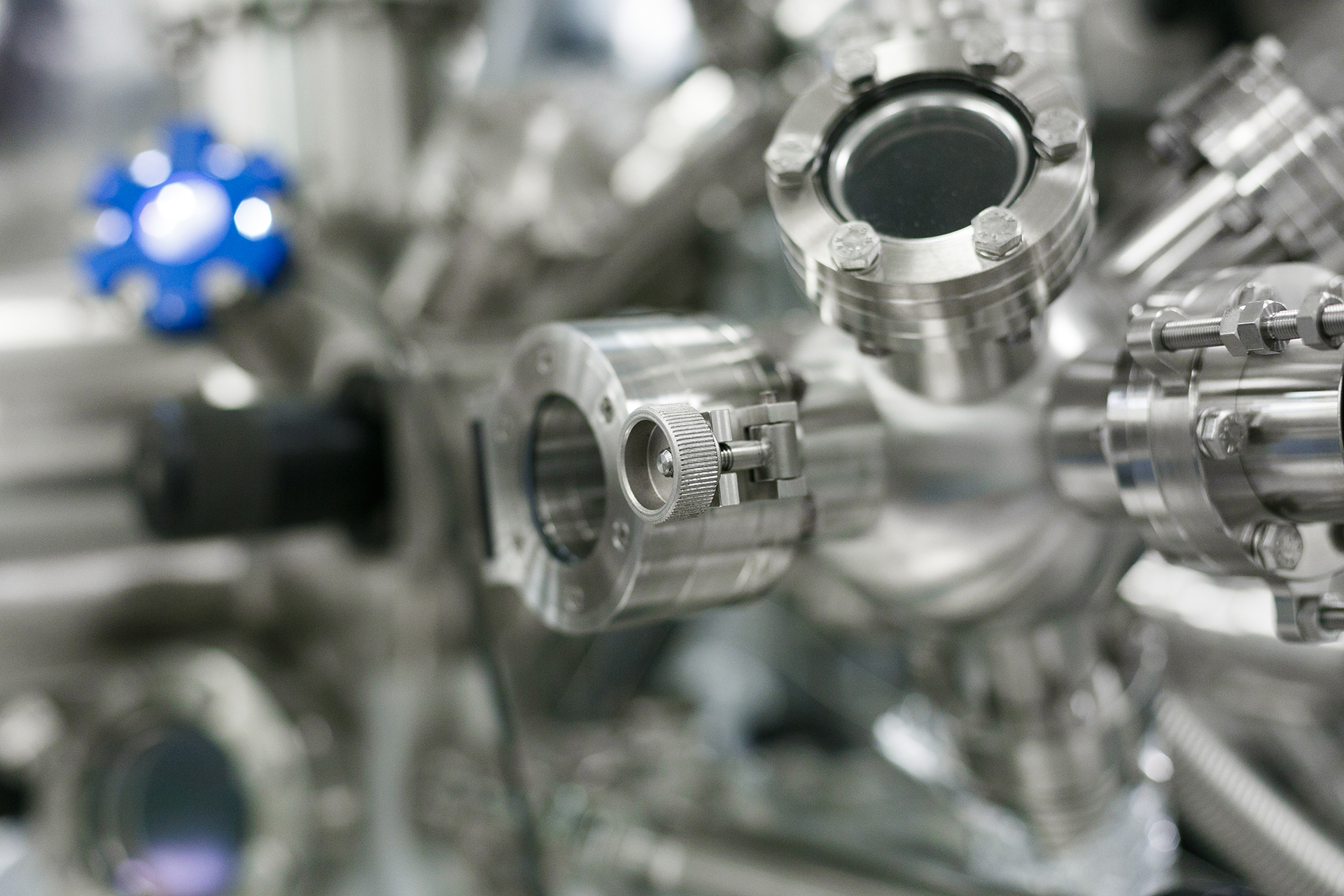
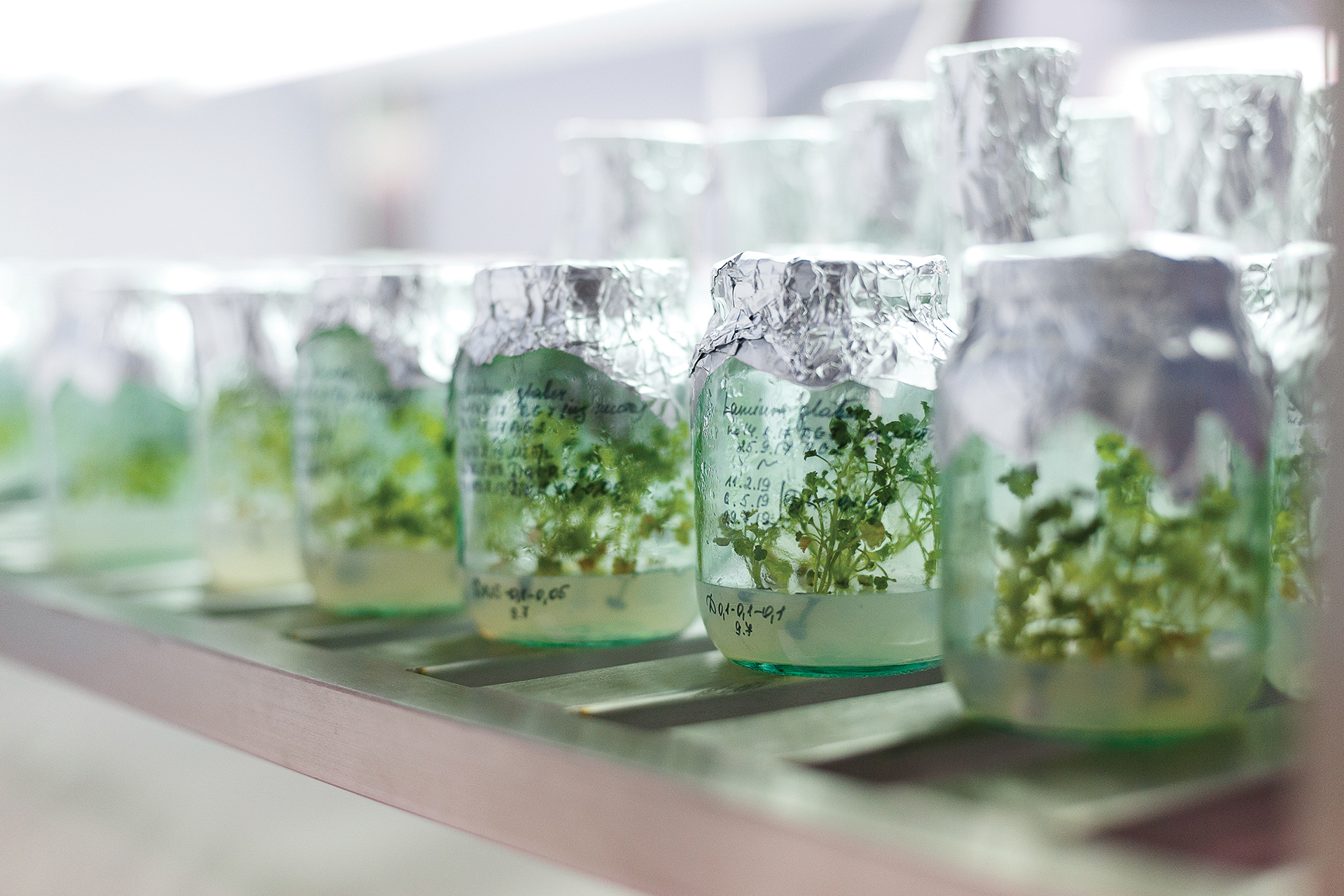
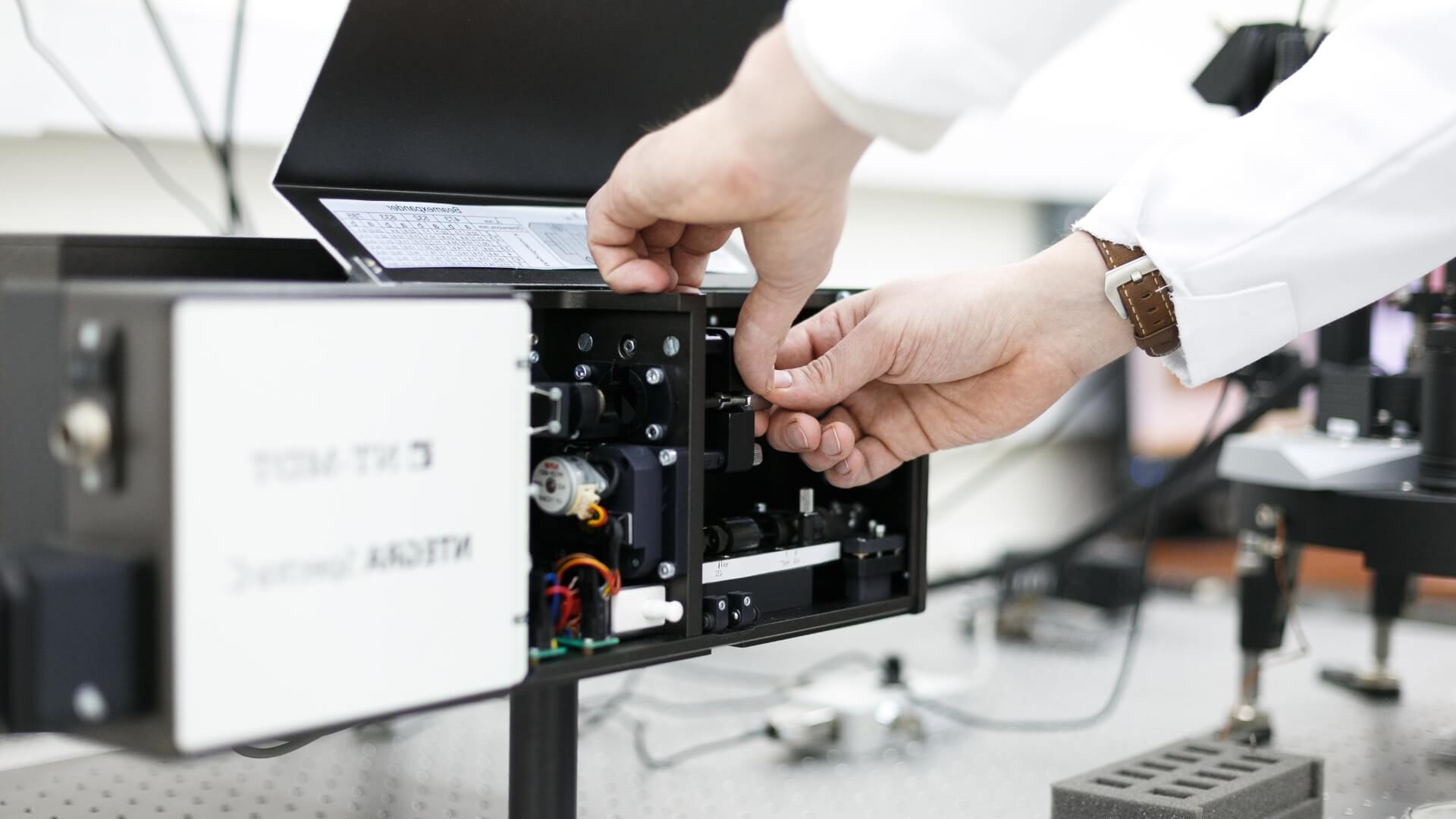
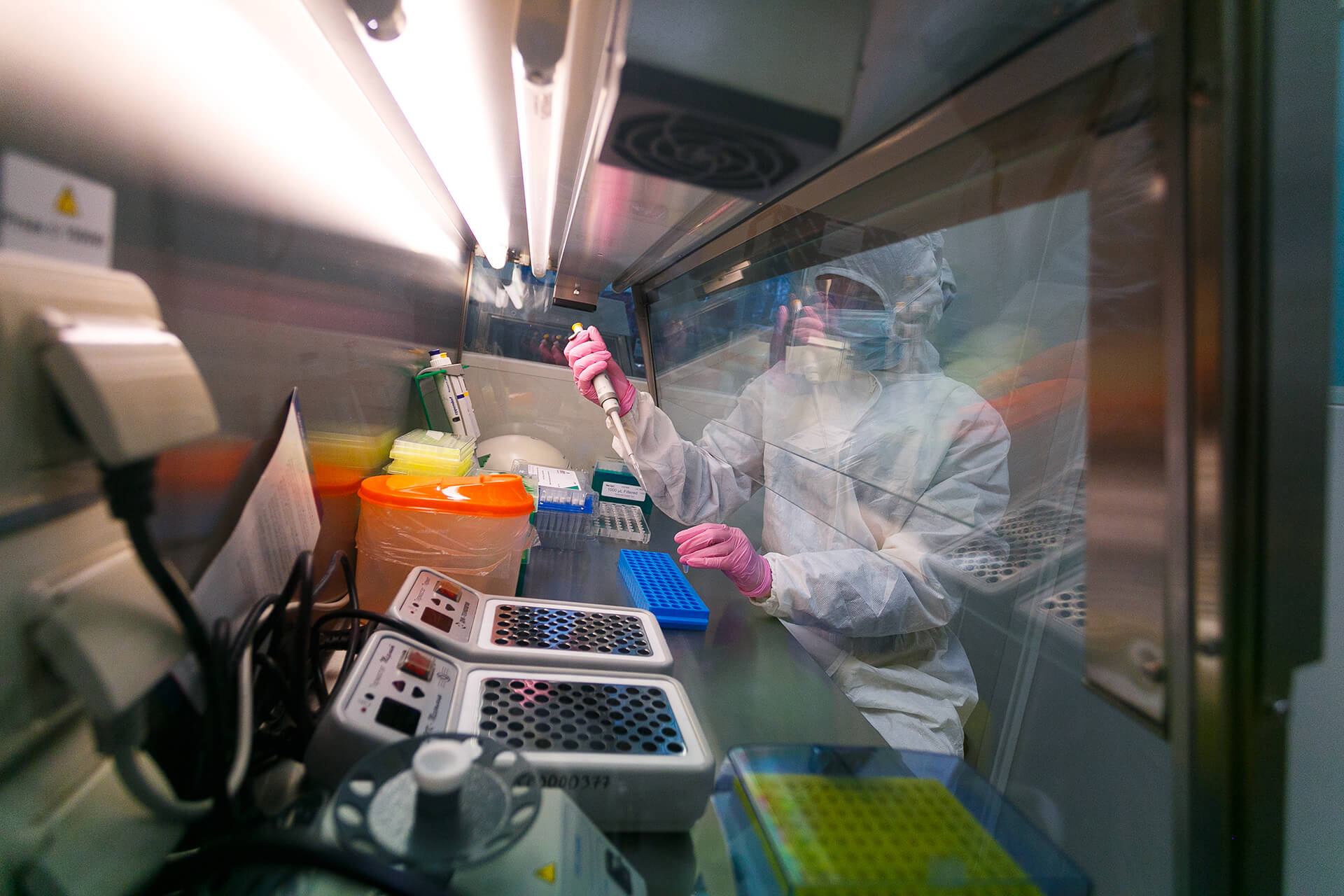
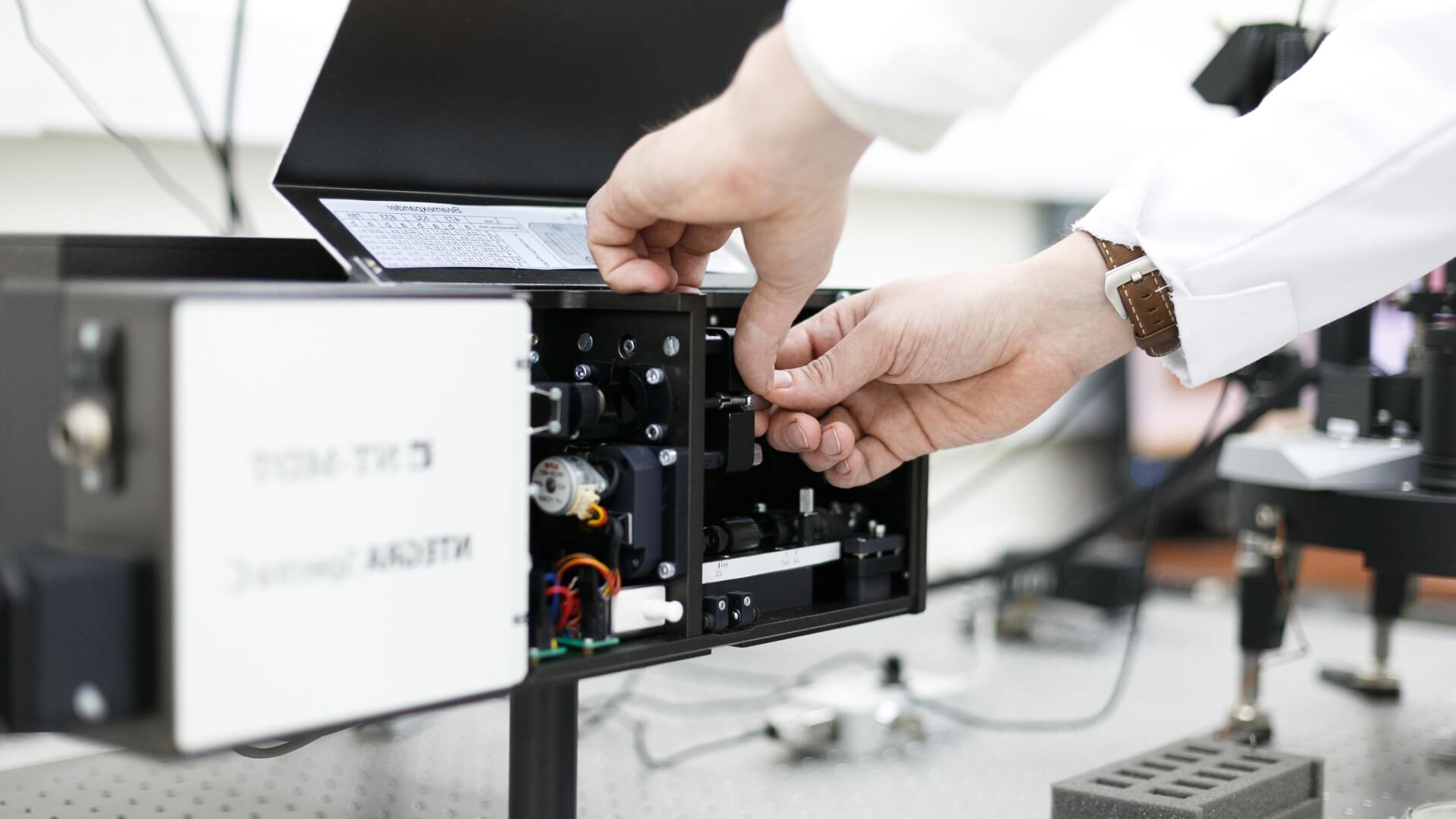
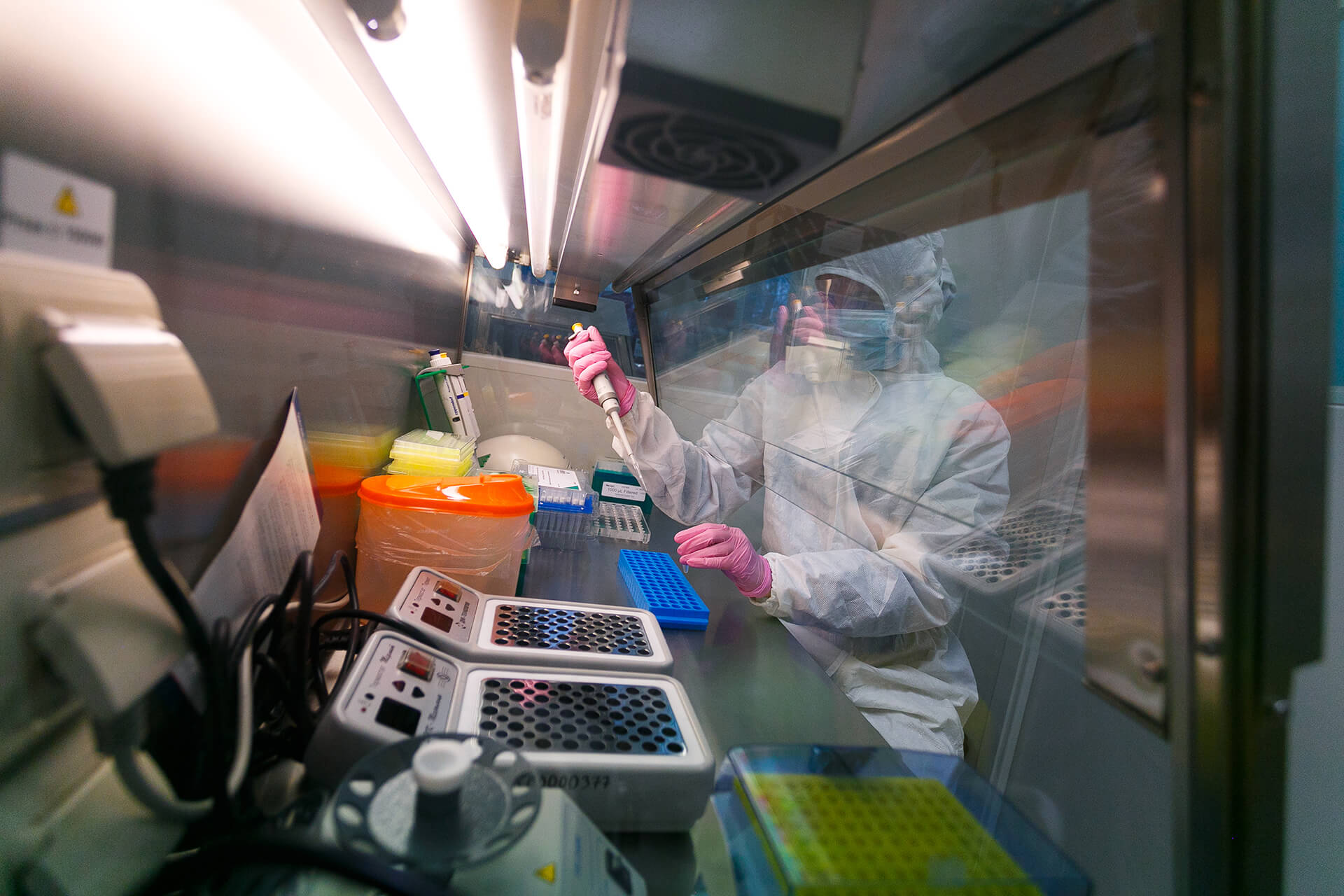
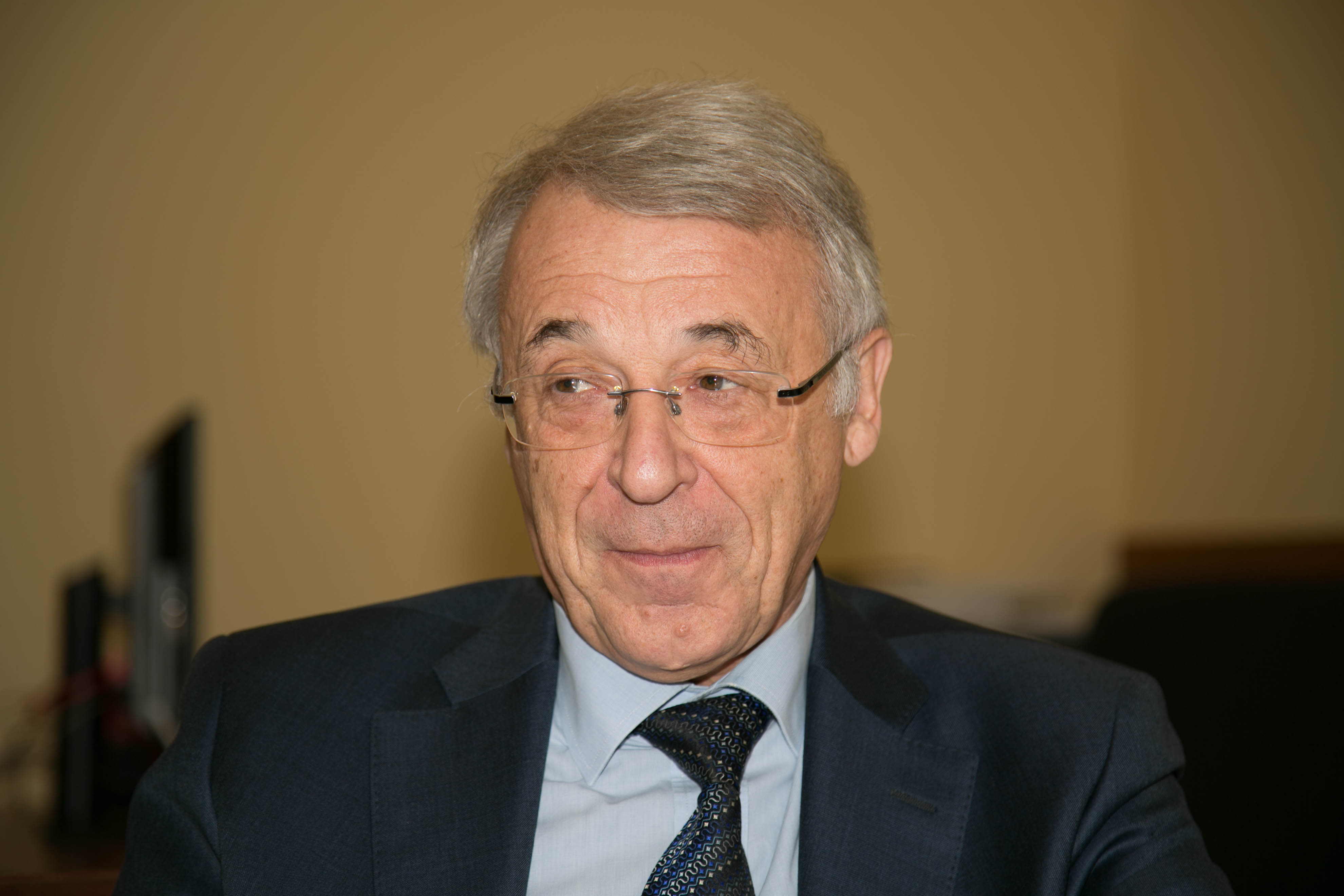
Alexander Klimenko: I would! I’ve been engaged with the Russian Science Foundation for a while now and I can say with certainty that no two competitions are the same. They are all unique in their own way. This time around, it was the coronavirus pandemic that forced us to make certain adjustments. All panel meetings and Expert Council sessions were held remotely. Some members of the Expert Council – mostly those who don’t live and work in Moscow – actually preferred this option and suggested that we use a similar or hybrid format in the future. In short, we learned how to operate effectively in the new reality, although that doesn’t mean we didn’t come up against problems from time to time.
In spite of the difficult external circumstances, we were able to hold the first meeting of the Expert Council for the Presidential Research Funding Program. The council that was elected in 2018 has not yet completed its term. That said, the decision was nevertheless made to bring “new blood” into the Expert Council, which resulted in eight new members joining late last year. Their names were put forward by the scientific community and were subsequently subjected to an approval procedure. This renewal of the membership concerned almost all of our research areas.
Another thing of note that took place in the last year was the introduction of a new funding scheme for the Presidential Research Funding Program. I’d like to note that, while the Program has come a long way, we haven’t managed to implement all the measures laid down in it yet. The competition for grant extensions for world-class research teams was among those that we had long had in the pipeline but had never actually experienced it. Well, we did that this year. We’ve got another competition making its debut in two years’ time – a grant extension for research at existing world-class facilities.
P: Funding under the RSF Presidential Research Funding Program is scheduled to continue until 2023. Can we expect it to be renewed?
AK: That’s a question I can’t answer, as it’s outside my scope of competence. But personally I’d be sorry to see if it is not renewed.
The idea of supporting continuous professional growth of talented young scientists that is nested in the program has proven to be effective. It’s like a ladder of opportunities. Scientists at the early stage of their careers can compete for a grant for an individual project, afterwards they can go for another, now as a team. After that, they can apply for more extensive support for lab research or participate in an infrastructure competition. Many have already taken the advantage of these funding schemes, and the numbers are growing. There are numerous examples of people moving from the first scheme to the second scheme. Some have already made it to the third program.
P: What can you tell us about the results of the world-class research team competition?
AK: This is the third time we’ve run the competition and the first time we’ve made a renewal call. I’d like to note that the scientific level of applications was exceptionally high this year. Interestingly, this time fewer grant recipients are based in Moscow and St. Petersburg, as compared to the last competition held in 2019. Evidently, research centres outside the traditional capitals have been building up their research competences in recent years, and the other RSF programs bear this out. The long-established parity in the number of grants awarded to the institutes of the Russian Academy of Sciences and the universities (including Moscow State University) remains.
There’s been a significant increase in the number of applications from engineers, which is quite natural. Remember that the laboratory competition differs both from the other competitions in the Presidential Program and from the other grant programs of the Russian Science Foundation in that applicants have to attract industrial partners (IPs) who are interested in the results and can provide co-funding. Moreover, the partners must be engaged in activities that can exploit the results of the research in practice. Obviously, a partner that is involved in simple catering industry is not likely to finance advancements in physical culture.
Special attention is paid to the industrial partner’s credibility (both in the financial sense and in terms of how they will apply research results). Unfortunately, there have been several cases when applications with great research potential (receiving high assessment scores for this component) were rejected because the review panel was not convinced that the industrial partner was serious about the endeavor.
That said, many of our current grant holders have secured the support of reliable industrial partners such as subsidiaries of Rosatom, Russian Railways, Alrosa (diamond mining company) and other big businesses.
P: Winners of the laboratory competition are given sizeable grants – up to 30 million rubles per year. I guess the competition for them is fierce.
AK: That’s certainly true. We received more than five applications per grant this year. While that’s slightly less than in previous years, it is offset by the fact that the applications were so strong in qiality. There were some extraordinarily strong teams in the competition this time around.
One interesting titbit is that we received 23 applications from project managers who have already been awarded a mega-grants under the program implemented by the Russian Government Decree No. 220 since 2010. We can only welcome applications from people who have proven their scientific credibility, completed work on an important research thematic and who want to apply for a grant in a new competition to carry out research on a fresh topic and with a different research team.
We also received applications from researchers who have not formally completed work under their mega-grant to set up another research team. It’s difficult to imagine just how they intend to manage two massive projects at the same time. Especially if one team is in Moscow and the other is in Perm, for example. The members of the Expert Council have a hard time understanding such an approach.
I should mention here that current RSF grant holders are not eligible to submit proposals for government’s mega-grants. While we do have an unwritten rule to minimize the number of restrictions on and barriers to apply for grants, I think, in this case, it would be wise to introduce a similar restriction when it comes to applying for Russian Science Foundation laboratory grants.
P: What made the competition for a grant extension interesting for laboratories?
AK: The grant conditions state that projects can be extended for up to three years if all obligations under the current grant have been observed. A total of 31 projects were awarded laboratory grants in 2017. Two of them were terminated along the way, as their industrial partners let them down. These partners can technically be changed during the project, but the decision to do so has to be well-grounded and a number of documents are to be re-submitted.
29 teams that made it to the finish line have submitted their end-of-grant reports. Many of them produced excellent results, but only 17 applied for a grant extension. I truly understand why a lot of the research teams decided not to pursue an extension. It’s no easy task finding an industrial partner during a pandemic.
P: Incidentally, is there any way of monitoring whether or not the partnering commercial structure is actually making use of the research results?
AK: The grant obligations are written in detail in the application forms. We check whether or not they are being fulfilled when reviewing final grant reports. Application of research results can come in the form of new technology, new devices, calculation methods, etc.
I’ll give you an example. Russian oil company “Tatneft” is about to launch operations at a crude oil processing refinery using the cutting-edge technology developed at the Institute of Petrochemical Synthesis of the Russian Academy of Sciences by team of Anton Maksimov. The panel chair of our Expert Council jokingly suggested that the new refinery should be named in honour of the Russian Science Foundation.
P: Does the need to make sure that the research results have a practical application affect the quality of basic research?
AK: If it does, then only for the better. The publications produced by RSF-funded laboratories are of extremely high quality, and they continue to improve every year.
In terms of the research output published in Q1 journals, the winners of this competition are way ahead of other Russian Science Foundation grant recipients. 47% of the articles written by RSF grant recipients in 2019 were published in Q1 journals. With the exception of certain international collaborative funding schemes, no other funding scheme produced such great results. But in those cases, the grant holders have co-written the papers together with foreign partners, which makes publication in high-ranking journals much easier.
P: Let’s talk about another competition that’s just finished – the one for researchers doing research at infrastructural facilities. What can you tell us about the results?
AK: This is the second time we have held this particular competition. The grants here are rather substantial too – up to 6 million rubles per year for 4 years, with the possibility of extending the project for another 3 years.
The review process for this competition is rather complicated. First, an infrastructure facility owner who is prepared to offer the facility for collective use has to register it on the RSF website, providing all the necessary information about it. Then, research teams can submit proposals for projects that could be carried out at the facility. (We’re talking, for example, about a unique installation, resource sharing centre, supercomputer, research collection, etc.)
Only those infrastructure facilities that have attracted at least five projects make it through to the finals. The winning facilities are selected based on the best 4 projects according to the reviewers’ opinions. A final rating is then applied to the facility based on the ratings of all projects submitted for that facility. The winners are separated from the losers on the basis of the funds allocated for the competition.
One important condition in terms of grant allocation under this competition is that grant recipients from a single organization cannot account for more than one third of the total funding allocated to a given infrastructure facility. This restriction extends to the owner of the infrastructure facility as well. This makes it possible to maintain a balance in the use of the facility and prevent it from being “monopolized.”
A total of 189 facilities were registered for this year’s competition, with applications being submitted for 130 of them (in the case of some facilities, fewer than 4 proposals were submitted). In the end, 116 infrastructure facilities were considered eligible and 1233 applications underwent expert review. The results of the review led to 149 project awards at 28 infrastructure facilities. Each infrastructure facility hosts between 4 and 10 projects.
Nine large infrastructural facilities, including the Kurchatov Center for Synchrotron Radiation and Nanotechnology, the Center for Collective Use Physics and Technology of Micro- and Nanostructures of the Institute of Applied Physics of the Russian Academy of Sciences, the Genomics Core Facility at the Skolkovo Institute of Science and Technology, and the Moscow State University Supercomputing Center repeated their 2019 initial success, meaning that the number of projects being carried out there with RSF funding will soon grow.
P: What did you set out to achieve with this competition, which is clearly extremely difficult to organize? And would you say you were successful in doing so?
AK: The idea behind the competition is to give as many researchers as possible access to the most advanced (and expensive) scientific equipment, which just so happens to be available at these facilities. We also want to help the owners of this equipment maintain and service it. And I would say that yes, of course we are achieving this goal. Grant recipients use the infrastructure facilities and pay for the services provided.
There is one more, equally important task, and that is to facilitate communication between diverse research teams from different organizations and departments, to push them into each other’s arms.
When you’ve got 5 to 10 research teams working at the same facility at the same time, there’s bound to be some interaction between them at some point – they might talk about the various capabilities of the facilities, or start working on technical or scientific problems together. And the infra owner has a reason to improve the facility, which is precisely what we are seeing.
At the same time, the members of the Expert Council have questions about the rather convoluted structure of the competition. Bringing infrastructure and the most promising research projects together is, of course, no mean feat. But I do think we need to simplify the procedure. This is one of the problems we will attempt to tackle before the next competition.
P: To wrap up, I’d like to ask your thoughts on a story that has caused quite a stir in the research community – the announcement that the Russian Foundation for Basic Research would be cancelling its Competition “a”. According to reports, the Russian Science Foundation is planning launching a similar competition in the near future. Does the Russian Science Foundation have the resources to add more programs? Have new procedures been developed?
AK: Any decision regarding a change in direction of the activities of the Russian Science Foundation will be made by the Supervisory Board. All I can say is that after the government issued its decree with a roadmap for pooling funds, the Russian Science Foundation’s Expert Councils became involved in the development of approaches to organizing funding programs similar to the programs run by the Russian Foundation for Basic Research. These included competitions for small research teams and a regional competition. The conditions for holding these competitions as part of the Russian Science Foundation were discussed by all panels of the Expert Councils. And the proposals put forward by representatives of the scientific community were also taken into account. In short, the Russian Science Foundation management has ideas that it can put forward to the Supervisory Board.
As for the possibility of expanding grant activities of the Russian Science Foundation, I would like to stress that the Foundation has a power expert, informational and analytical base and can attract additional resources if necessary.
